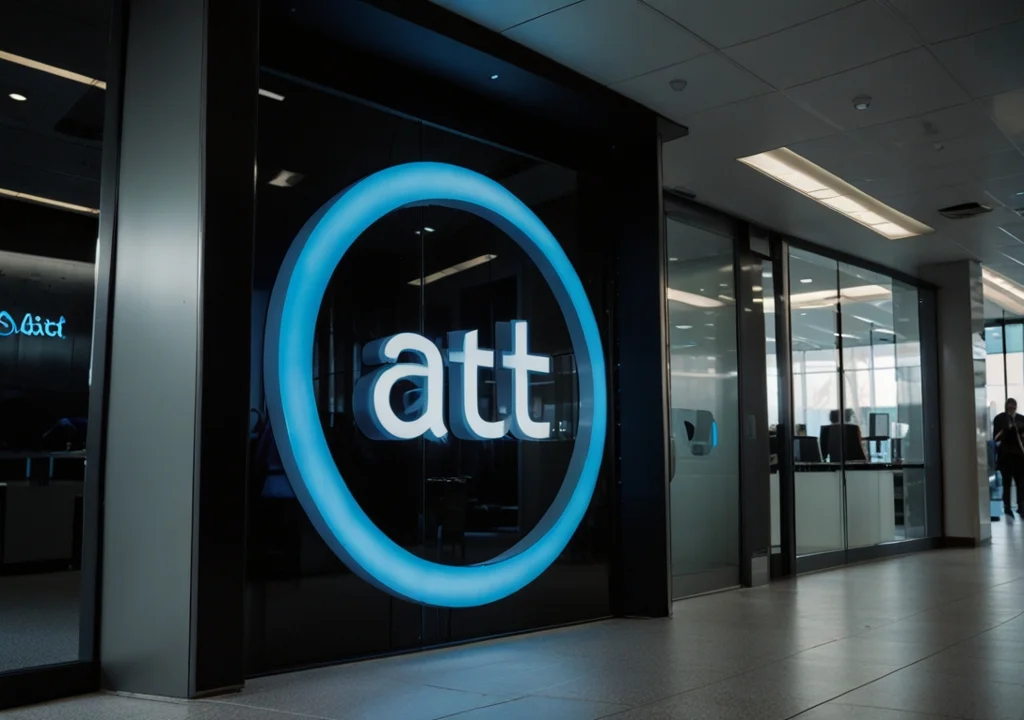A&TA: What It Means, How It Works, and Why It Matters
The term A&TA may seem like just another acronym, but in practice, it represents an essential approach used in industries ranging from business and education to IT and technical support. Depending on the context, A&TA often stands for Analysis & Technical Assistance or Assessment & Training Agreement. In either case, the concept revolves around evaluating needs, creating a structured plan, and providing targeted support to achieve specific goals.
Understanding the Meaning of A&TA
In the business world, A&TA frequently refers to a process where a situation is analyzed before technical assistance is delivered. This could be anything from reviewing workflow efficiency to identifying software issues that slow productivity. In training and education, it might describe a formal agreement between a provider and a client to ensure learning objectives and technical requirements are clearly defined before training begins.
No matter the industry, A&TA’s core purpose is the same: identify needs, offer solutions, and guide the process toward a measurable outcome.
Key Applications of A&TA in Various Sectors
Because A&TA is a flexible concept, it appears in multiple professional settings. Here are some of the most common:
1. Business and Project Management
Before launching a project, organizations often conduct a thorough analysis of resources, risks, and objectives. This step allows them to identify areas where technical assistance will be necessary. For example, a manufacturing company may use A&TA to determine which machines require upgrades and which staff members need additional training.
2. Education and Workforce Training
In the education sector, A&TA can serve as a formal agreement that outlines expectations between a training provider and a client. This approach ensures that the content matches the learner’s needs, while also clarifying the tools and resources required for success.
3. Information Technology and Technical Support
IT departments rely on A&TA principles to diagnose system issues, plan updates, and provide hands-on technical help. Whether it involves software installation, cybersecurity improvements, or data backup systems, the process begins with analysis before delivering targeted assistance.
Why A&TA Is So Important
Structured processes like A&TA deliver benefits that extend far beyond project completion.
First, clarity is improved when everyone understands the scope and expectations from the start. Misunderstandings decrease, and team members feel confident in their roles.
Second, efficiency increases because time and resources are allocated based on real needs rather than assumptions.
Finally, quality assurance is built into the process. By following structured analysis and assistance, organizations can achieve better, more consistent results.
How to Implement A&TA Effectively
Integrating A&TA into a workflow doesn’t have to be complicated. The following steps can help:
-
Set Clear Objectives – Define what success looks like before any action is taken.
-
Conduct a Thorough Analysis – Identify skills gaps, technical limitations, or process inefficiencies.
-
Document Agreements – Use written records to prevent misunderstandings and ensure accountability.
-
Deliver Targeted Assistance – Focus support where it will have the most impact.
-
Monitor and Evaluate – Track results to determine if goals have been met and identify areas for improvement.
When these steps are followed consistently, A&TA becomes a natural part of the organizational culture.
Best Practices for Maximizing A&TA Results
To get the most from A&TA, organizations should:
-
Engage stakeholders early so that all perspectives are considered.
-
Combine analysis with real-time feedback to adapt quickly to changes.
-
Use data to drive decisions rather than relying solely on intuition.
-
Invest in training for both technical and non-technical staff.
-
Review and refine the process after each project to make the next one even better.
Advantages Over Informal Approaches
Some teams skip structured analysis in favor of quick fixes. While this might work occasionally, it often leads to recurring problems. A&TA avoids this by creating a repeatable, data-driven method that not only solves the immediate issue but also prevents future complications.
By contrast, informal approaches can waste resources, cause confusion, and undermine trust among team members. A&TA builds a foundation of reliability, transparency, and measurable results.
Frequently Asked Questions (FAQ)
1. What does A&TA stand for?
It typically means Analysis & Technical Assistance or Assessment & Training Agreement, depending on the industry.
2. Is A&TA used only in large organizations?
Not at all. Small businesses and individual professionals can also benefit from structured analysis and assistance.
3. How does A&TA improve communication?
It creates a shared understanding of goals, roles, and expectations, reducing misunderstandings.
4. Can A&TA apply to personal projects?
Yes. Even for personal goals, using analysis before taking action leads to better outcomes.
5. How often should A&TA be reviewed?
It’s best to review after every project or significant change to ensure processes remain effective.
Final Thoughts
A&TA is far more than a set of initials — it’s a proven approach for achieving clarity, efficiency, and quality in any project. By combining thorough analysis with targeted assistance or training, organizations can solve problems more effectively and prevent them from recurring. Whether in business, education, or technology, A&TA offers a framework for lasting success.
